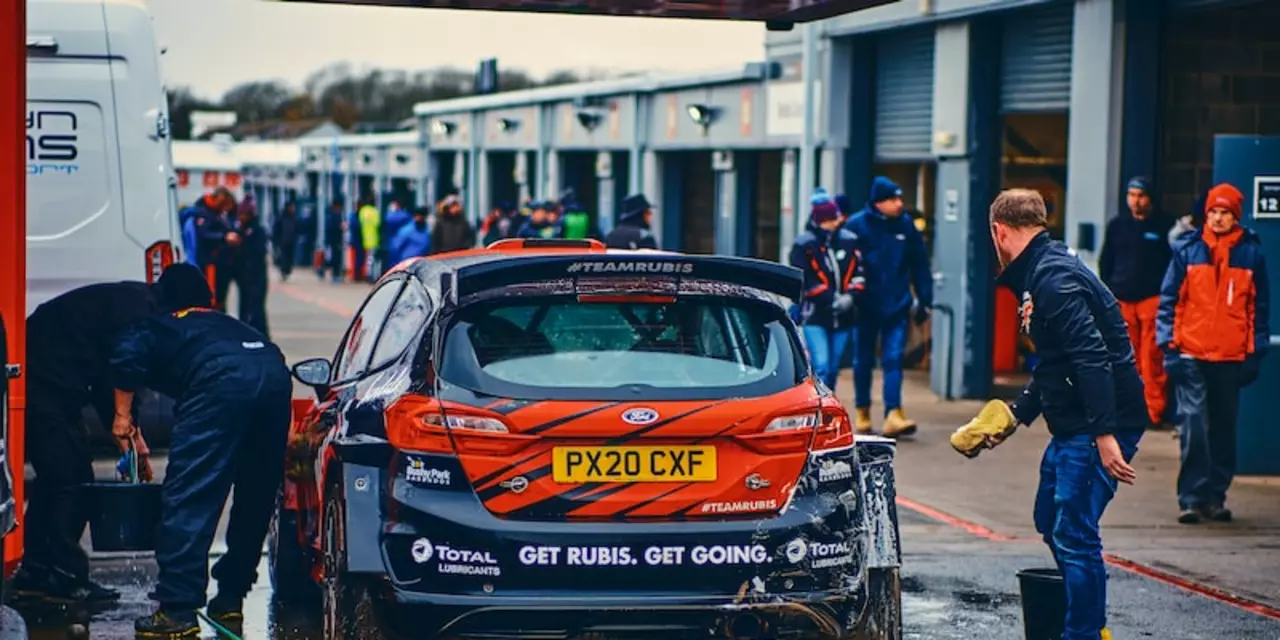Ban Insights: How Rally Rules Shape the Thrill
Ever wonder why certain things are outright forbidden in rally racing? It’s not just about being strict; bans protect drivers, keep the competition fair, and preserve the sport’s excitement. In this guide we break down the most common bans you’ll hear about, why they exist, and what they mean for you as a fan or driver.
Safety Bans That Save Lives
First up, safety bans. Rally courses are wild—mud, gravel, snow, steep drops. Because of that, organizers ban anything that could compromise safety. Examples include unapproved roll cages, sub‑standard helmets, and tires without proper grip ratings. When a driver ignores these bans, the risk isn’t just personal; it endangers co‑pilots, spectators, and fellow racers. The rulebook is strict, but the payoff is a race where everyone stands a better chance of finishing.
Modification Bans: Keeping the Competition Balanced
Next, let’s talk about bans on car modifications. You’ll often see limits on engine size, turbo boost pressure, or aftermarket parts that give a huge power edge. These bans stop the richest teams from turning the sport into a money race. Instead, skill and strategy become the deciding factors. If you’re thinking about building a rally car, start by checking the official homologation list—staying within the limits means you won’t be disqualified at the start line.
Another hot topic is the ban on certain types of tire compounds during specific stages. Organizers may require slick‑less tires for icy sections to avoid dangerous spin‑outs. Likewise, some events ban the use of “run‑flat” tires because they can hide puncture damage and create unsafe handling. These rules are based on real‑world data and often come after a serious incident, so they’re not arbitrary.
Environmental bans also play a role. Many rallies now prohibit the use of fluids that could harm the local ecosystem. This means using biodegradable lubricants and careful disposal of waste oil. It sounds extra work, but it keeps the beautiful rally locations intact for future events and for fans who love the natural scenery.
What about bans on media and photography? Some stages restrict flash photography or drone usage to avoid distractions. If you’re a fan hoping to capture that perfect shot, always check the event’s media policy first. Violating these bans can lead to fines or being asked to leave the course.
Finally, community bans matter too. Online forums and rally clubs often enforce bans on hate speech, spam, and off‑topic posts. A respectful community means better discussions, more useful advice, and a space where newcomers feel welcome. If you see a ban notice in a forum, it’s usually there to keep the conversation focused and friendly.
Understanding bans isn’t about feeling limited; it’s about seeing how each rule adds to the overall safety, fairness, and excitement of rally racing. Next time you hear a “no‑go” sign or a rule about equipment, you’ll know the real reason behind it. Stay informed, respect the bans, and you’ll enjoy a smoother, safer, and more thrilling rally experience.

In rally car racing, why were Group B rally cars banned?
Group B rally cars were banned in 1986 after a series of fatal accidents. These cars, built for speed, featured lightweight materials and turbocharged engines, making them the fastest, most powerful rally cars of their time. The cars' extreme capabilities and lack of safety measures made them too dangerous for public roads and caused a number of deaths of both drivers and spectators. As a result of the fatalities, the FIA (Federation Internationale de l'Automobile) decided to eliminate the Group B category and replace it with the safer Group A cars, which were less powerful and featured more safety features. This decision not only ensured the safety of drivers, spectators and the public, but also kept racing exciting for fans.